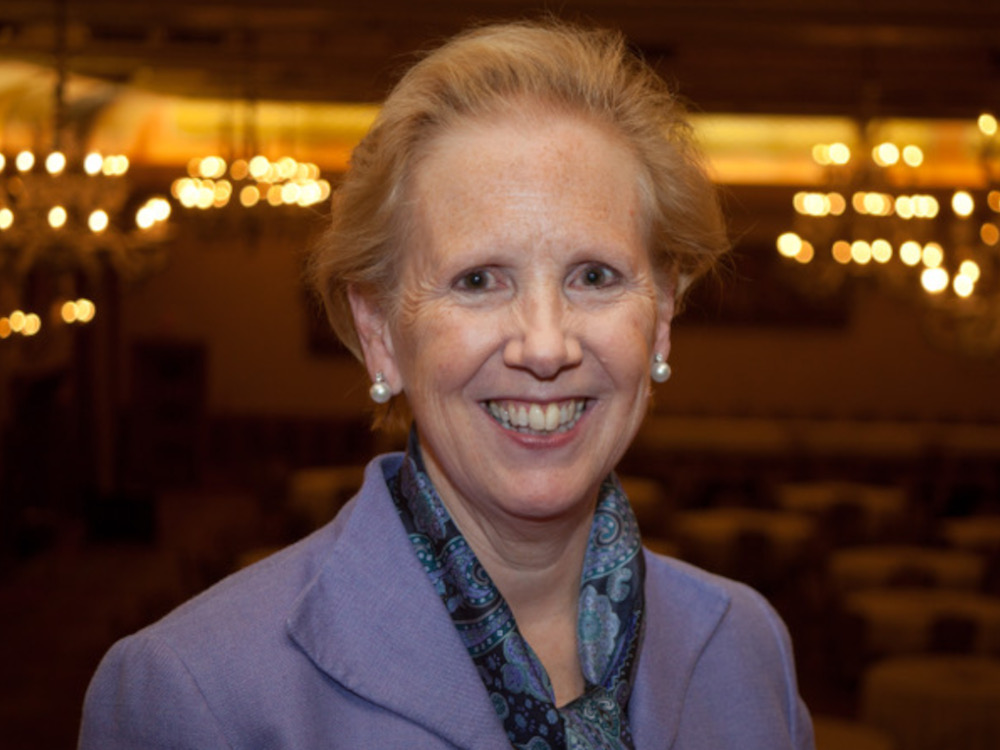Canada’s private foundations make headlines when they dole out their dough. And they have plenty of money to devote to good works. For the 2023 tax year, 6,557 private foundations held more than $107 billion in assets, according to Canada Revenue Agency data.
What doesn’t receive as much attention is how private foundations invest those assets in order to continue giving year after year. And today that aspect of foundation operation is facing unique challenges.
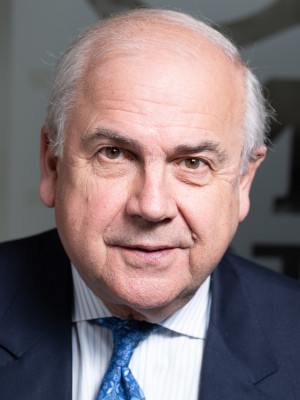
In 2023, the minimum amount that foundations must disburse annually in charitable giving increased from 3.5 to 5 per cent of assets over $1 million. Just to “stand still” means boards generally must bring in 5 per cent returns on investments each year and cover any management fees they pay to outsourced portfolio managers.
Keith Sjögren, chair of the advisory council to Carlton University’s master’s degree in philanthropy and nonprofit leadership, says that while maintaining enough income to meet the government’s disbursement quota is a primary goal, foundations want to do that without offending their mission.
“If you are focused on environmental protection or climate change, you’re not going to invest heavily in the oil and gas sector,” says Sjögren, who is a former managing director at Investor Economics. “But you may invest in alternative forms of power generation, like wind farms and things like that.”
A lot of private foundations follow conventional investment strategies, and most look to outside asset management firms, Sjögren says. Those firms, particularly the large ones, are perhaps more focused on managing the much larger assets of pension funds than foundations.
“I think it’s a challenge. Speaking on behalf of the charitable sector, we want experts. We want people who understand the charitable sector and the challenges and the regulations that bind us. On a relative basis, we’re just not big enough for a lot of people to worry about.”
Sjögren adds, however, that the number of specialist investment firms dealing with mission alignment and impact investment in Canada is growing.
Volatility in the markets is another factor that foundations must consider.
“You may see foundations becoming slightly more conservative, just to avoid extreme volatility. Or you may see them going slightly the other way to more involvement in private markets that tend to be less volatile than public markets,” says Sjorgren.
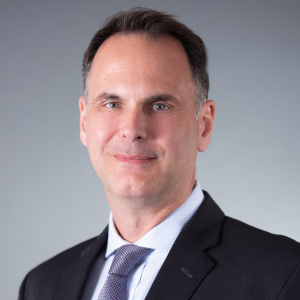
The bump in disbursement requirements was just 1.5 percentage points, but it has had an impact on the investment of foundation holdings, broadening the strategy beyond equities and fixed income, says Craig Harrison, president of Global Manager Research in Oakville, Ont.
“They’re taking a little bit more risk in the equities and less in the fixed income to make sure that they get that extra payout,” Harrison says. “We see a lot more people going into the alternative space. Even a five per cent change in their portfolio makes a big difference over the long run.”
But some investment committees overseeing strategy, particularly for public foundations, may not be as educated on alternative investment products as they are in more conventional vehicles, he says.
“Everybody’s very comfortable buying U.S. equities. They might not be as comfortable buying a hedge fund or something that’s private debt.”
Harrison adds, however, that foundation boards associated with family offices tend to have legacy membership, as opposed to volunteer community boards, and so are more sophisticated in investment strategies.
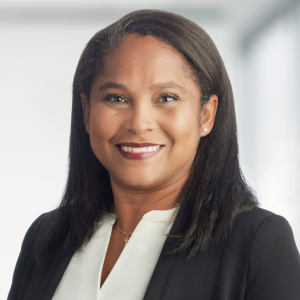
His firm provides third-party analysis of the performance of asset managers serving institutional customers. Harrison says he sees some inclination among foundations to leave too much governance to their external asset management firms rather than independently verifying they are receiving the best return available in the market.
Some foundations are amping up their impact investing, highlighting on their websites how their investments further their charitable mission.
Rocio Gueto, vice-president, client partnerships/institutional markets, for Montreal-based Addenda Capital, says foundations often want both good financial return and investments promoting environmental and social causes.
“What we’re seeing right now is that many foundations will take a small portion of their endowment and they will invest in impact strategies through the private market,” says Gueto.
Many foundations are looking to invest 5 to 10 per cent of their endowment in this kind of investment, she adds.
But some large foundations are working toward 100-per-cent impact investing.
The McConnell Foundation, a Montreal-based private foundation that reported its endowment at $669 million in 2023, is aiming to hit 100 per cent impact investing by 2028.
Addenda recently announced that McConnell is allocating assets to its Impact Fixed Income Pooled Fund, which reports $600 million in assets under management and lists Indigenous economic opportunity, fresh water and affordable housing among its mandates.
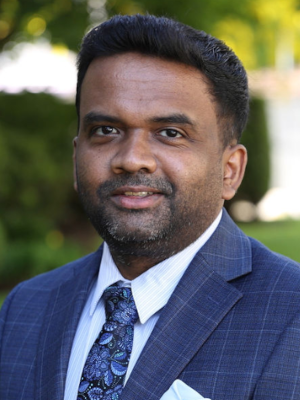
The McConnell Foundation’s website lists a number of impact investments, including other fixed-income funds and private equity, real estate and infrastructure investments aligned with the foundation’s values.
Gueto says the market is growing for sustainable bonds, including green and social bonds, both in terms of demand and supply. “Sustainable bonds are becoming a nice option for companies to finance their projects, especially companies that have a net-zero or some climate objectives,” she adds.
Foundation boards grappling with investment philosophies don’t have to go it alone, says Mritunjay (MJ) Sinha, a Toronto-based investment professional who is on the board of Philanthropic Foundations Canada.
A first step is to reach out to foundation networks and seek advice. Philanthropic Foundations Canada, for instance, conducts an investment roundtable and provides other resources, says Sinha, who has served on several foundation boards.
“Talk to your network first, because your network doesn’t have a bias to sell you anything,”he advises.
In Canada, foundations don’t seem to focus as seriously on investing as they do on their work distributing the endowment, Sinha says. “They outsource it. But you are responsible for every dollar of impact that your portfolio does, positive or negative.”
Foundations can hire staff for internal investment capacity, use an external investment consulting firm, or consider a fractional chief investment officer, Sinha adds.
His expertise is impact and alignment investing, but he says he’s not a big fan of “bright shiny objects.” Portfolios still need to have fundamentals, including equity and fixed income, he says. “A lot of people are getting caught up in private equity and venture capital, which is great, but right now it’s actually a very slow market.”
Sinha says he would like to see foundations be more transparent.
“I really hope that more foundations talk more about their investments and what they are doing with them,” he says. “And that more people would ask questions.”
Get our new quarterly newsletter about philanthropy: Canadian Family Offices’ new newsletter brings you key insights, trends and expert perspectives on charitable giving, tailored to Canada’s wealth leaders and giving communities. Click here to subscribe now to stay ahead.
Please visit here to see information about our standards of journalistic excellence.


